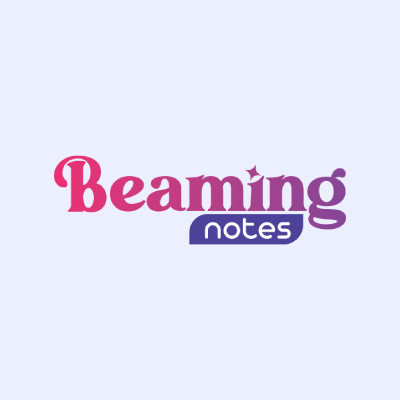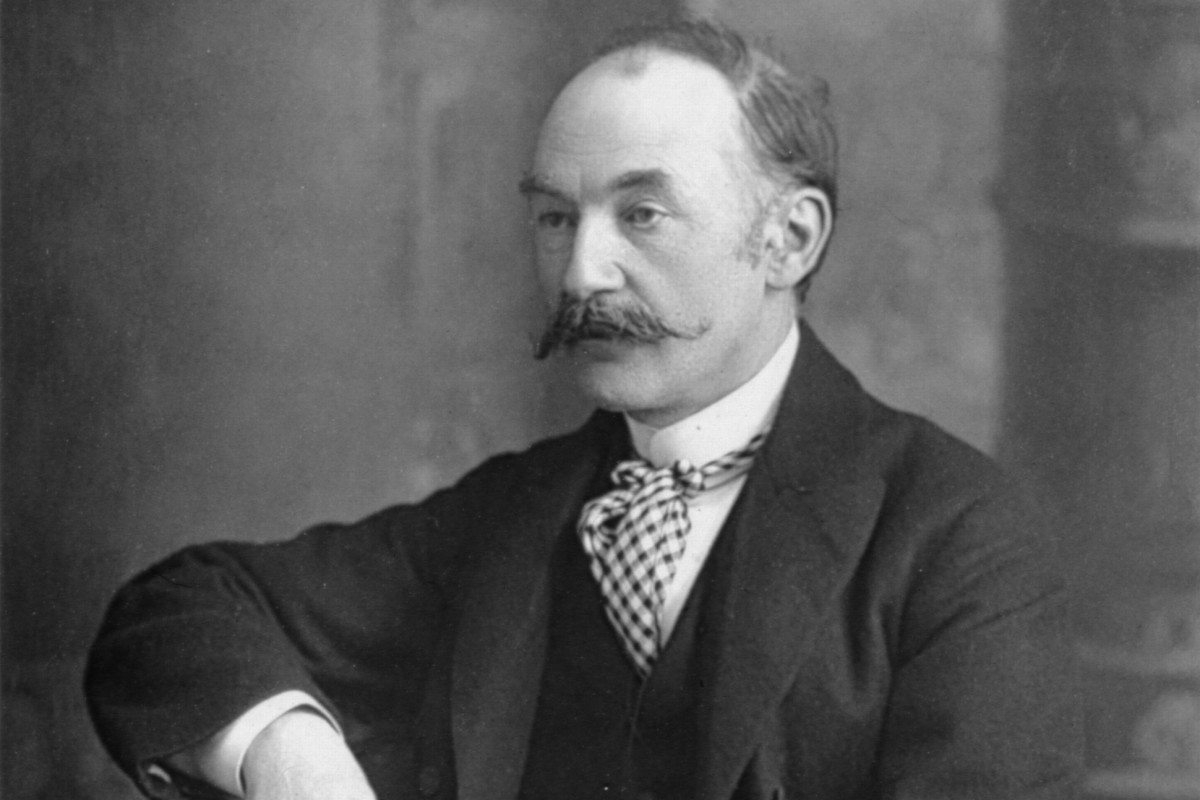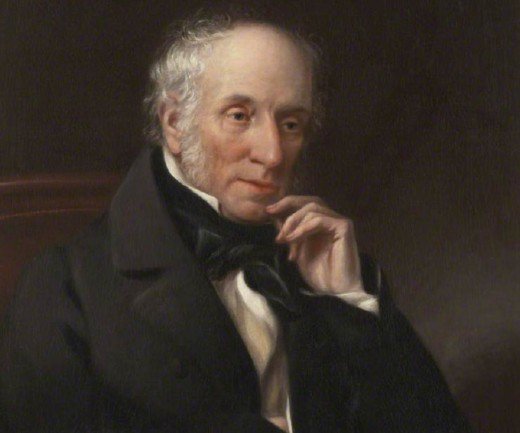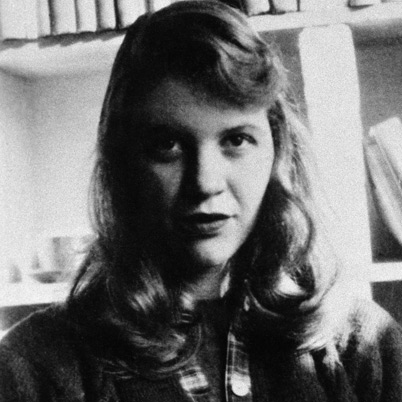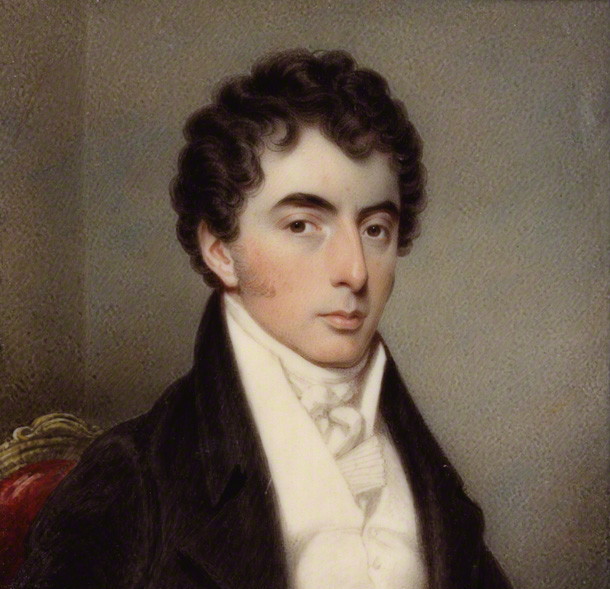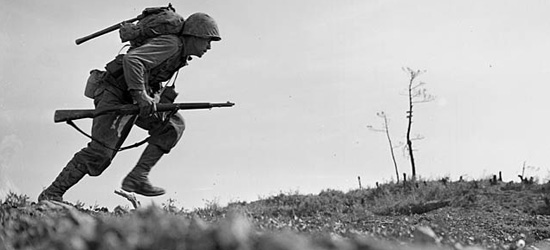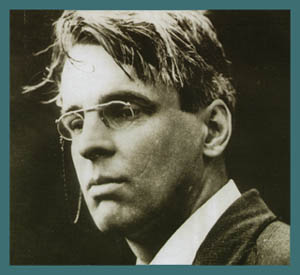The poem Winter Landscape with Rooks is one of the typical Plath poems. In this article we have attempted Winter Landscape with Rooks analysis by Sylvia Plath. The poem with it gloomy and darkened background can hardly be studied without biographical references of the poet. The poem was written in 1956, the year she got married to Ted Hughes. The ‘winter’ further mystifies the poem as a few years later, in 1963, she committed suicide in winter. The poem under the skin of surface perfection hides poet’s grave personal discontinuity. The title of the poem hints towards the winter symbolizing it as cold and darkness, rooks are an intelligent species of bird and intelligence commonly links itself to the mind which in turn provides evidence that the speaker is looking for freedom of mind.
The poem conveys the speaker’s feeling through the portrayal of the landscape. In the first stanza the speaker conveys a feeling of anger and doubt of hope throughout the stanza. When “that black pond” is contrasted with “a single white swan” it symbolizes light that can be found in a dark situation. However, it is destroyed when the speaker personifies the mind stating, “a single white swan/floats chaste as snow, taunting the clouded mind/which hungers to haul the white reflection down”. This depicts a tonal shift from hopeful to angry or distressed emotion.
The second stanza starts off by the sun rising over the landscape; clear light symbolism is used to depict hope or clarity, “The austere sun descends above the fen”. Quickly diverts to dismay, “I stalk like a rook,/ brooding as the winter night comes on””. The shift in tone again becomes visible here when the hopeful tone changes to depressed one. In the next stanza the speaker almost seems like they are talking to themselves when they state, “Last summer’s reeds are all engraved in ice/as is your image in my eye”.
Summer, here, symbolizes life and rejuvenation and by stating that the image is “engraved in ice” means that any hope has frozen over and is slowly dying. The last three lines are composed of questions which show the speaker questioning whether hope can survive or not. The retarding mental stability of the poet can’t be ignored while analysing the poem. The depth into which she is getting succumbed with her hopelessness is repetitively visible throughout the poem. The loss of hope and her faithlessness on humanity continues to be the central theme of the poem.
The formal language of the Winter Landscape creates a serious tone to enable the mood to be depressing and glum. However, there is an undertone of informal diction portrayed through an abundant use of figurative devices like alliteration, assonance, personification, similes etc. to make the tone playful and keep a narrative feel formal diction overpowers informal diction. The choice of vocabulary such a millrace, sluice fen, etc imparts physical forms and chaste, austere, chagrin, rook etc provides abstract virtues to the poem.
The rythm of the poem is fluid readable as a whole. The apt use of enjambments and punctuation makes the poem story like. The use of assonances like ‘look’ and ‘rook’ (line 7 and 9) ‘solace’ and ‘place’ (line 13 and 15) adds to the fluid motion of the poem and creates a lighter mood during a serious topic portrays the speaker’s last glimpse of hope. The further use of alliterations which don’t go fully unnoticed but they aren’t the focus of the poem e.g., “sluice of stone” (line 1), “single swan” (line 3), “hungers to haul” (line 5), “longer on this landscape” (line 8), “grow green” (line 15) however comes out with reading the poem aloud; alliterations keeps the sound light even though the tone is serious and creates a depressive mood. Plath has “an overwhelming desire for poetic voice and that’s what makes this poem so interesting in sound, it’s both aesthetically and orally pleasing.
The theme of the poem on literal level suggests winter, although polished in white, is considered a dark season; everything dies…”The austere sun descends above the fen,/an orange Cyclops-eye, scorning to look longer on this landscape of chagrin.” The bright, severe orange sun contrasts the distressed land and the light reveals all that is wrong and dead in the landscape such as the “absurd and out-of-season” swan floating in the pond.
On closer reading the figurative meaning implies that through all darkness in life, there is light, “…plunges headlong into that black pond/where…a single swan/floats chaste as snow.” Contrasting darkness versus light symbolizes hope, clarity, and/or reason with all hope comes doubt, “what solace/can be struck from rock to make heart’s waste/grow green again?”
Stones symbolize integrity, they patiently bear loads, and the weather conveys that the heart needs care and encouragement in order to flourish, but if it fails to receive that then it breaks.
To conclude the poems shows the struggle the poet is bearing in order to overcome the depression and enter a normal life. The contrasting ideas vehemently refer to her tragic situation in 1953 and her efforts to forget the dark phrase and enter into light. The poem shows how in spite of being left with a lot of dread and self-doubt Plath was trying to experience happiness.
Because of Plath’s confessional style of poetry, it can simultaneously be interpreted through this poem that Plath felt like she was undeserving or incapable of happiness which is where all the anger, distress, and doubt might have come from. Hope you’ve found the Winter Landscape with Rooks Analysis helpful. We look forward to see you again!
Some online learning platforms provide certifications, while others are designed to simply grow your skills in your personal and professional life. Including Masterclass and Coursera, here are our recommendations for the best online learning platforms you can sign up for today.
The 7 Best Online Learning Platforms of 2022
- Best Overall: Coursera
- Best for Niche Topics: Udemy
- Best for Creative Fields: Skillshare
- Best for Celebrity Lessons: MasterClass
- Best for STEM: EdX
- Best for Career Building: Udacity
- Best for Data Learning: Pluralsight
